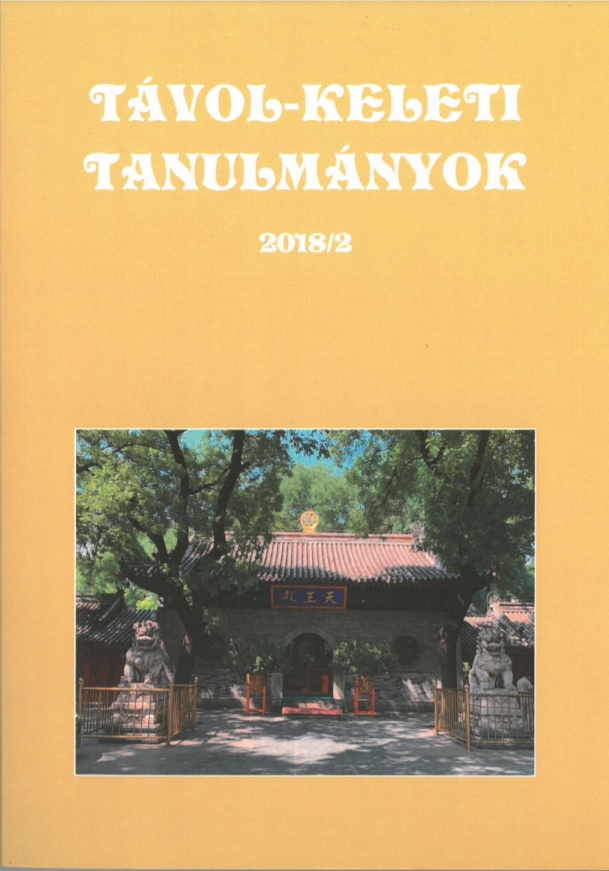Kormányzástan a Laozi-ben: „A bölcs ember (shengren) úgy kormányoz jól…” tézisének szövegértelmezése
Megjelent 2019-10-30
Kulcsszavak
- Laozi,
- Daodejing,
- kormányzástan,
- bölcs ember
Hogyan kell idézni
Copyright (c) 2019 a szerző(k)

This work is licensed under a Creative Commons Attribution-NonCommercial 4.0 International License.
Absztrakt
The power-technical aspects and the methods of governance of Laozi’s work are the less widely discussed topics of sinological literature on classical Chinese philosophy. The tension caused by the duality in the paradoxes in connection with the textual cohesion problems in the Daodejing’s reading is the starting point for our analysis. An inherent way to resolve the tension was made possible by an original text-critical distinction, in which we can examine the divergent and convergent aspects of the shengren-teaching that constitutes the Daoist concept of governance. With the help of an analytical technique based on a close reading of the texts, in addition to the systematic discussion of the chapter relevance, Laozi’s first man, the sage shengren can be recognized and portrayed in four different roles: as a wise hermit, as a kind of rulers’ helper, as a ruler who becomes a shengren and as a shengren who becomes a ruler. These descriptions make it easier for us to understand the complex-heterogeneous system of the Daodejing’s governance.

